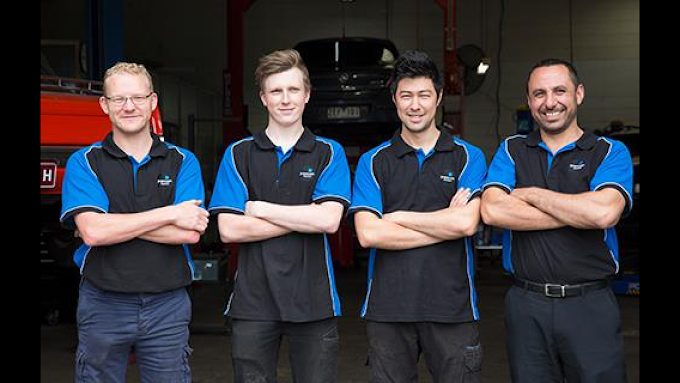
Vehicle maintenance is essential because it extends vehicle life while improving performance and ensuring road safety. Car services exist in two distinct categories, which handle different maintenance requirements and address various problems that develop throughout a vehicle’s lifespan.
Understanding car service differences
The main distinction between minor and major car services lies in the extent of maintenance work performed. Minor services concentrate on essential preventive maintenance and routine checks to prevent small problems from becoming major. Major services provide extensive diagnostic evaluations and complete component replacements beyond the scope of minor services.
Minor services concentrate on oil maintenance, fluid replenishment and essential system inspections, but major services provide extensive vehicle reviews to identify concealed problems that could impact safety or performance. The distinct service categories enable owners to select plans that align with their vehicle’s usage patterns and age to maintain safety and long-term reliability.
Minor car services: Key components
Technicians perform basic maintenance tasks during minor services to ensure engine smoothness and vehicle operational efficiency. The essential maintenance work consists of oil and filter replacement, fluid level checks, brake pad inspections, and belt and hose examinations. These services occur regularly to prevent unexpected equipment breakdowns and system failures. Technicians perform brief inspections of the battery, lights and tyres as part of their service checks.
Minor services provide essential maintenance to preserve vehicle performance while following regular scheduling intervals despite their limited depth compared to major services. These services exist to maintain vehicle functionality while avoiding the extensive procedures of major maintenance operations.
Major car services: In-depth inspection
Major car services provide comprehensive inspections and repairs to identify and address visible and hidden vehicle issues. Engine and transmission assessments, brake inspections, suspension checks and electrical system evaluations form the core of these services. Technicians conduct computer diagnostics during major services to detect hidden issues while replacing worn-out parts and updating timing belts.
A major service becomes necessary when a vehicle reaches a specific mileage threshold or time frame because prolonged system wear can produce serious problems. A major service provides immediate problem resolution and extensive system evaluation to protect against future complications, resulting in extended vehicle longevity.
Timing and frequency of services
Vehicle service frequency depends on mileage, age, driving conditions and manufacturer guidelines. Minor services require regular maintenance at intervals of 5,000 to 10,000 miles, but major services need longer durations or signs of severe wear before being performed. Professional technicians warn that skipping basic maintenance tasks will speed up component deterioration, which will result in expensive future repairs.
A well-planned maintenance schedule remains essential for proper vehicle upkeep. Vehicle owners who stay informed consult their manual and seek professional evaluations to determine the optimal service timing based on actual mileage and environmental conditions.
Assessing local service options
The quality of vehicle maintenance depends heavily on both local environmental factors and the availability of qualified technicians in the area. Vehicle owners should select local service centres with individualised service and clear pricing information for routine maintenance and extensive repairs. They can receive detailed reports from certain centres that provide information about their vehicle’s condition and future maintenance requirements.
A trusted car service in Boronia uses localised driving patterns to create customised maintenance programs based on regional conditions and typical vehicle usage. Local service centres that maintain high-quality standards decrease vehicle downtime and enhance customer trust in effective long-term vehicle maintenance.
Specialised adjustments and additional checks
The required adjustments for vehicles depend on their operational state, usage patterns, and basic maintenance procedures. Technicians will suggest specific maintenance procedures when they detect abnormal tyre wear patterns, unusual vibrations, or wheel misalignment. These modifications play an essential role in sustaining both safety and performance levels, particularly when vehicles operate in diverse road environments. Vehicle owners should only contact specialists for wheel alignment in Ferntree Gully when specific symptoms appear. Besides that, checking tyre pressure, rotating the tyres from time to time and replacing worn-out tyres are also ways of ensuring safer and smoother driving.
Vehicle owners must understand the distinction between minor and major car services. Minor services provide routine maintenance by conducting regular inspections and replacing fluids and filters to prevent future problems. Major services deliver comprehensive system evaluations that identify deep-seated problems that develop during extended vehicle usage. Vehicle owners should decide between minor and major services by considering their vehicle’s age, mileage, overall condition and manufacturer recommendations. Owners who create detailed maintenance schedules and plan ahead can prevent unexpected breakdowns while maximising their vehicle’s lifespan. A combination of regular maintenance and thorough inspections provides drivers with safe journeys while delivering cost-effective results throughout their ownership.